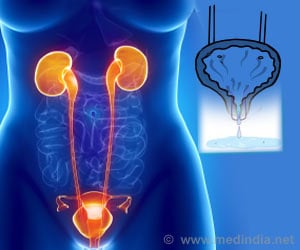A new way of sorting patients for further evaluation and treatment could cut down waiting time in emergency rooms by more than one-third and the length of hospital stay by two-thirds.

The researchers have investigated how the Six Sigma approach might improve the "product" - treated patients in a hospital emergency room. ER plays an important role in a patient's treatment cycle, the team explains, patients are admitted, go through a triage orientation, assessment and treatment process and then are either transferred to a hospital ward, another hospital, or discharged based on an emergency physician plan.
Mandahawi's local hospital has 237 beds and an average daily volume of emergency room patients of 448, although that number is always on the rise. Indeed, the annual volume of ER patients increased from 75,800 to 128,000 between 2004 and 2008. There has the team adds been a 75% increase in emergency patient flow over the last four years. ER patients are seen by staff working one of three shifts with an internist, a surgeon, two emergency physicians, one pediatrician, six staff nurses, one plaster -of-Paris (POP) nurse, and one clerk available on any given shift.
Not all patients arriving in ER are equally sick. Patients arrive by ambulance, car, or on foot, depending on their condition and critical patients must be seen urgently as a matter of life or death. Time is a significant factor in saving lives when patients arrive in ER, the team says.
The team developed a new approach to ER triage using the principles of Six Sigma and then modeled the flow of emergency patients using a computer to validate different approaches that emerge from the process. They found that the optimal approach involved implementing a triage process that sorted patients into the appropriate treatment area based on the severity of their condition rather than their arrival time. Patient mean waiting time and length of stay were reduced significantly when this approach was implemented.
Advertisement







